La Publicidad y su Influencia en la Intención de Compra
Resumen
El objetivo de esta investigación fue evaluar la influencia de la publicidad realizada por humanos y la generada mediante inteligencia artificial en la intención de compra de una bebida sostenible en estudiantes de la Universidad Técnica de Machala. La muestra estuvo conformada por 32 estudiantes de octavo semestre de la carrera de Mercadotecnia. Se empleó una metodología mixta, combinando enfoques cuantitativos y cualitativos, para analizar el impacto de tres factores clave en la publicidad: personalización, información y conexión emocional. Los resultados estadísticos destacaron que la publicidad basada en inteligencia artificial mostró una asociación positiva moderada a alta con la intención de compra, evidenciada por un valor de chi-cuadrado significativo y un coeficiente V de Cramer relevante en los indicadores más sobresalientes. En contraste, la publicidad humana no presentó relaciones estadísticamente significativas en estos aspectos. Estos hallazgos sugieren que la inteligencia artificial constituye una herramienta eficaz para influir en las decisiones de compra, subrayando su potencial como estrategia fundamental en el marketing de productos sostenibles dirigidos a consumidores jóvenes.
Descargas
Citas
https://doi.org/10.24294/jipd.v8i4.3253
Budėnaitė, M., Correia, R., & Venciūtė, D. (2024). The Influence of Artificial Intelligence on Advertising (pp. 134–149). IGI Global. https://doi.org/10.4018/979-8-3693-2153-9.ch006
Gerlich, M. (2025). The Shifting Influence: Comparing AI Tools and Human Influencers in Consumer Decision-Making. AI, 6(1), 11. https://doi.org/10.3390/ai6010011
Hes, A., & Varvažovská, P. (2024). Communication Strategies to Influence the Purchasing Behaviour of Young Consumers for Reusable Products Using AI. Deleted Journal, 241–253.
https://doi.org/10.34135/mmidentity-2024-25
Jakesch, M., Hancock, J. T., & Naaman, M. (2023). Human heuristics for AI-generated language are flawed. Proceedings of the National Academy of Sciences of the United States of America, CXX(11), 1–7. https://doi.org/10.1073/pnas.2208839120
Kadam, P. V. (2024). Embracing the future: Unveiling the role of sustainability in innovative branding. Educational Administration Theory and Practices, XXX(6).
https://doi.org/10.53555/kuey.v30i6.5733
Kidd, C., & Birhane, A. (2023). How AI can distort human beliefs. Science (New York, N.Y.), 380(6651), 1222–1223. https://doi.org/10.1126/science.adi0248
Kirk, C. P., & Givi, J. (2024). The AI-Authorship Effect: Understanding Authenticity, Moral Disgust, and Consumer Responses to AI-Generated Marketing Communications.
https://doi.org/10.31234/osf.io/fq9d7
Kotha, S. (2024). The convergence of artificial intelligence and human marketing: A framework for enhanced customer insights and personalization. International Journal For Multidisciplinary Research, VI(6). https://doi.org/10.36948/ijfmr.2024.v06i06.30266
Liu-Thompkins, Y., Okazaki, S., & Li, H. (2022). Artificial empathy in marketing interactions: Bridging the human-AI gap in affective and social customer experience. Journal of the Academy of Marketing Science, L(6), 1198–1218. https://doi.org/10.1007/s11747-022-00892-5
Matas, A. (2018). Diseño del formato de escalas tipo Likert: un estado de la cuestión. Revista electrónica de investigación educativa, XX(1), 38–47.
https://doi.org/10.24320/redie.2018.20.1.1347
Mishra, N., Aithal, P. S., & Wadkar, S. (2024). Role of traditional and modern advertising strategies in the evolving consumer behaviour. Revista Internacional de Gestión, Tecnología y Ciencias Sociales (IJMTS), IX(2), 123–134. https://doi.org/10.5281/zenodo.11293601
Mixed methods: Combining qualitative with quantitative. (2024). En Foundational Theories and Practical Applications of Qualitative Research Methodology (pp. 353–390). IGI Global Advances in Library and Information Science. https://doi.org/10.4018/979-8-3693-2414-1.ch010
Padmavathy, & Alamelu, A. (2025). Harnessing Personalized Emotional Ai for enhanced consumer engagement in intelligent marketing. Journal of Dynamics and Control, IX(1), 13–22.
https://doi.org/10.71058/jodac.v9i1002
Murillo Zavala, A. M., Chica Bravo, G. M., Franco Alvarado, I. E., & Vélez Castro, J. B. (2025). Marcadores tempranos en el diagnóstico de la enfermedad renal crónica en pacientes diabéticos e hipertensos: Revisión bibliográfica. Arandu UTIC, 12(1), 4465–4479. https://doi.org/10.69639/arandu.v12i1.905
Colmán López, M. C. (2025). La inteligencia artificial en la creación artística: Análisis de su influencia en la producción cultural. I+D Internacional Revista Científica Y Académica , 4(1), 43–64. https://doi.org/10.63636/3078-1639.v4.n1.26
Fernández Sánchez , D. (2025). Implementación de Algoritmos de Machine Learning para la Detección Temprana de Fraude en Transacciones Electrónicas. Ciencia Y Reflexión, 4(1), 2652–2667. https://doi.org/10.70747/cr.v4i1.285
Valdivieso Rezabala, R. S. (2025). Evaluación del Aprovechamiento de los Productos Forestales no Maderables en Tres Recintos de la Parroquia Campozano, Cantón Paján, Manabí, Ecuador. Ciencia Latina Revista Científica Multidisciplinar, 9(2), 7941-7959. https://doi.org/10.37811/cl_rcm.v9i2.17513
Pérez Gallegos , S. J., & Domínguez Marín, M. J. (2025). La Importancia de Contar con un Perfil Competitivo en Psicólogos que Atienden a Estudiantes Universitarios. Estudios Y Perspectivas Revista Científica Y Académica , 5(2), 881–895. https://doi.org/10.61384/r.c.a.v5i2.1166
Jiménez Gómez, R. (2025). Análisis de la Heterogeneidad Estructural de las Regiones de Costa Rica. Ciencia Y Reflexión, 4(2), 37–66. https://doi.org/10.70747/cr.v4i2.244
Papić, T., Mihajlović, A., & Gajić, J. (2023). Advanced technologies as a framework for sustainable marketing campaigns (AI application in neuromarketing). International Scientific Conference on Information Technology, Computer Science, and Data Science, 180–184.
Pedreschi Caballero, R. J., & Nieto Lara, O. M. (2020). Influencia de la publicidad en el comportamiento de compra de los estudiantes de mercadeo de la Extensión Universitaria de Aguadulce. Revista científica Guacamaya, V(1), 36–55.
https://doi.org/10.48204/j.guacamaya.v5n1a4
Rajabi, M., Dens, N., & De Pelsmacker, P. (2015). Advertising Adaptation versus Standardization Effectiveness in Open and Closed Markets (pp. 177–190). Springer Gabler, Wiesbaden.
https://doi.org/10.1007/978-3-658-08132-4_13
Reddy, D. (2024). How do customers react to the integration of AI in customer experience. International Journal For Multidisciplinary Research, VI(5), 1–13.
https://doi.org/10.36948/ijfmr.2024.v06i05.28954
Salgado-Reyes, N., & León-Torres, M. (2024). Tendencias emergentes en el marketing digital para el comercio electrónico en 2024. 593 Digital Publisher CEIT.
https://doi.org/10.33386/593dp.2024.6.2813
Singh Kumar, V., & Singh Kumar, H. (2024). A study of advertising influence on sustainable consumer products. International Journal of Information Technology and Management, XVI(2), 67–73. https://doi.org/10.29070/s8989176
Smajić, E., Avdić, D., Pašić, A., Prcic, A., & Stancic, M. (2022). Mixed Methodology of Scientific Research in Healthcare. Acta Informatica Medica : AIM : Journal of the Society for Medical Informatics of Bosnia & Herzegovina : Časopis Društva Za Medicinsku Informatiku BiH, 30(1), 57–60. https://doi.org/10.5455/aim.2022.30.57-60
Vavreck, L. (2007). The Exaggerated Effects of Advertising on Turnout: The Dangers of Self-Reports. Quarterly Journal of Political Science, 2(4), 325–343. https://doi.org/10.1561/100.00006005
Wahab, D. A. (2024). Impact of artificial intelligence on Indian banking sector- A study of banks. International Research Journal on Advanced Engineering and Management (IRJAEM), II(05), 1261–1268. https://doi.org/10.47392/irjaem.2024.0171
Yahya, K. W., Muthusamy, G., Nasni Naseri, R. N., & Rostam Affendi, F. (2024). Exploring the power of visual aesthetics in advertising. International Journal of Art and Design, VIII(2/SI), 57–67. https://doi.org/10.24191/ijad.v8i2/si.3017
Zhou, H. (2023). Association Analysis (pp. 211–223). Apress. https://doi.org/10.1007/978-1-4842-9771-1_12
Zhu, P. (2024). A study of advertising on people’s willingness to buy. Journal of Education, Humanities and Social Sciences, XXVIII, 715–719. https://doi.org/10.54097/285mcd73
Derechos de autor 2025 Rosario Matilde Vásquez Torres , Yordy Steven Iñiguez Carchi, Vladimir Alexander Avila Rivas, William Stalin Aguilar Gálvez

Esta obra está bajo licencia internacional Creative Commons Reconocimiento 4.0.





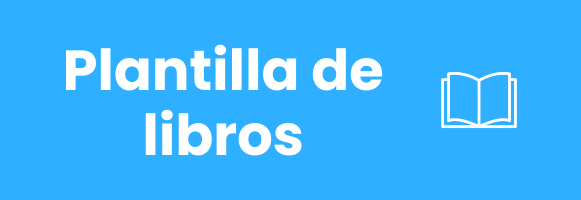


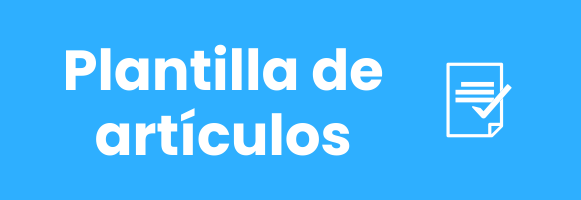


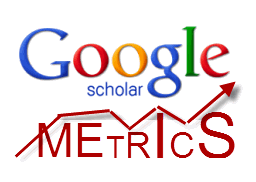

.png)
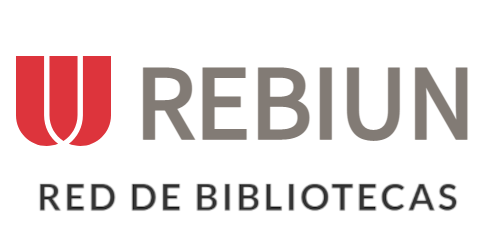







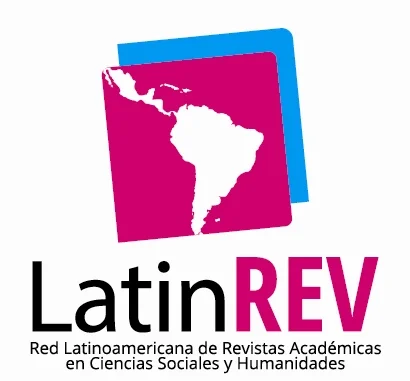

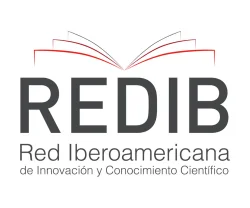


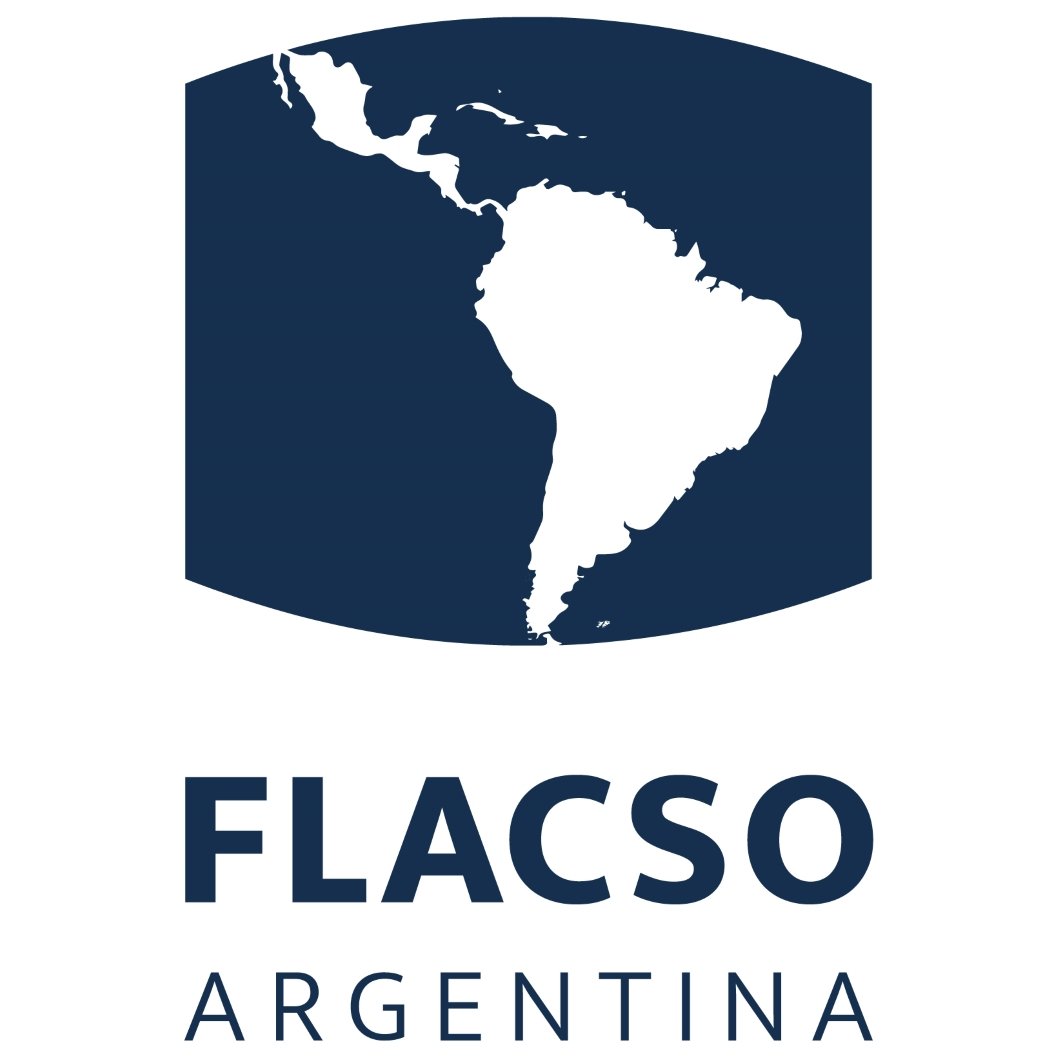
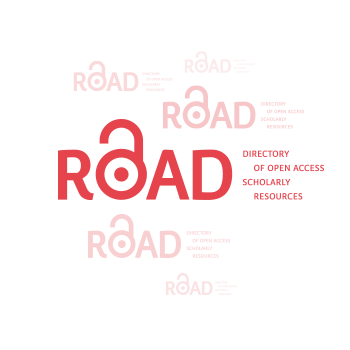





.png)
1.png)


